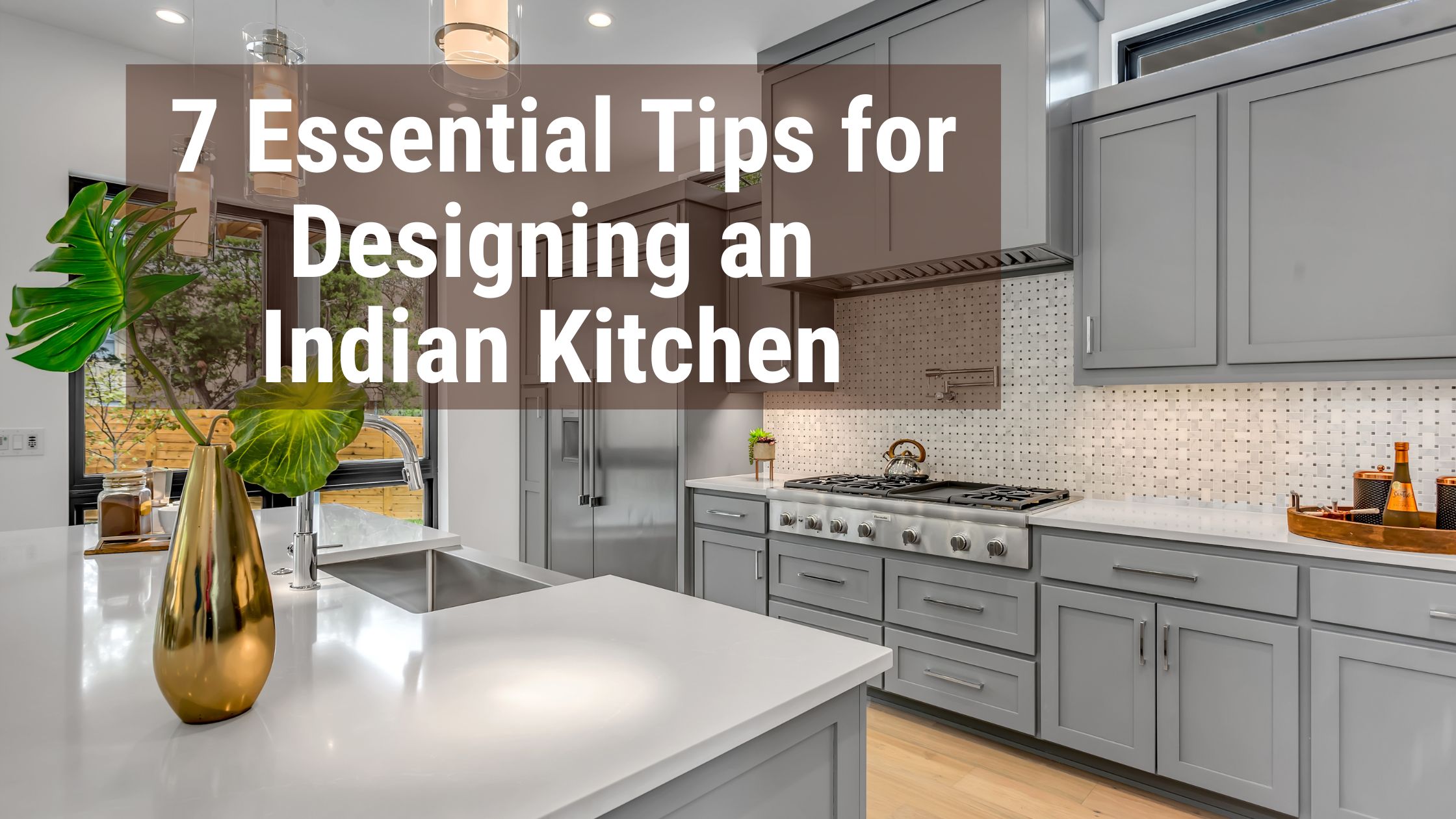India is home to a multitude of cuisines, and this makes the Indian kitchen an experimental laboratory where flavors and ingredients are blended and transformed into unique and delicious dishes. The design of an Indian kitchen is unique, and it should adhere to certain standards to ensure that it is functional, practical, and suitable for the varied cooking styles and requirements of Indian cuisine.
Here are 7 key elements that you should look for in the design of an Indian kitchen.
Adequate Space
Indian kitchens typically have a lot of utensils, appliances, and ingredients that need to be stored. Therefore, it is important to have enough space to store everything properly. Plan the layout carefully to make the most of the available space and ensure easy movement.
Ventilation
Indian cooking involves a lot of frying, grilling, and use of spices, which can lead to a lot of smoke and heat. Make sure that the kitchen has adequate ventilation with exhaust fans and/or chimneys to keep the air clean and fresh.
Countertops and Work Surfaces
Indian cooking involves a lot of preparation work, from chopping vegetables to rolling out chapatis. Make sure that the countertops and work surfaces are made of durable, easy-to-clean materials, such as granite or marble, to withstand the daily wear and tear.
Storage
Indian cooking requires a lot of spices, condiments, and dry ingredients. Having enough storage space for these items is crucial. Incorporating shelves, drawers, and cabinets into the kitchen design can help keep everything organized. Factors such as the design of the cupboards, the height and depth of the drawers, and the arrangement of the shelves are all important considerations when designing an Indian kitchen. These minor things can greatly impact the kitchen’s overall functionality and efficiency.
Additional Reading: Mistakes to avoid while designing a kitchen
Lighting
Adequate lighting is essential in an Indian kitchen to ensure safety and ease of use. Plan for bright, focused lighting above the cooking range, countertops, and sink, and consider installing task lighting under cabinets to provide additional illumination.
Electrical Outlets
Indian kitchens often have multiple electrical appliances, such as mixers, grinders, and rice cookers, which require power outlets. Ensure that there are enough electrical outlets placed conveniently to support all your appliances.
Hot Water Taps
A hot water tap in the kitchen can provide quick access to hot water for various purposes. It can also be used remove stubborn grease and oil stains from dishes, making them easier to clean. Hot water tap can also be energy-efficient as it eliminates the need to heat water on the stove or using an electric kettle. It can save time, money, and energy, especially for households that frequently use hot water.
In addition to the above mentioned points, have a dining area adjacent to the kitchen. This can foster a sense of togetherness and allow family and friends to gather in the same space during cooking and mealtimes.
Hope we have helped you with a few points to ensure that your kitchen is functional, practical, and suitable for the varied cooking styles and requirements.
Have a look at some of the design tips for living rooms, bedrooms, bathrooms, library as well.
For any further queries or support for your home design, feel free to get in touch with us.


